What is WWW2? Is it Safe, & How Does it Differ from WWW?

Urfa Sarmad
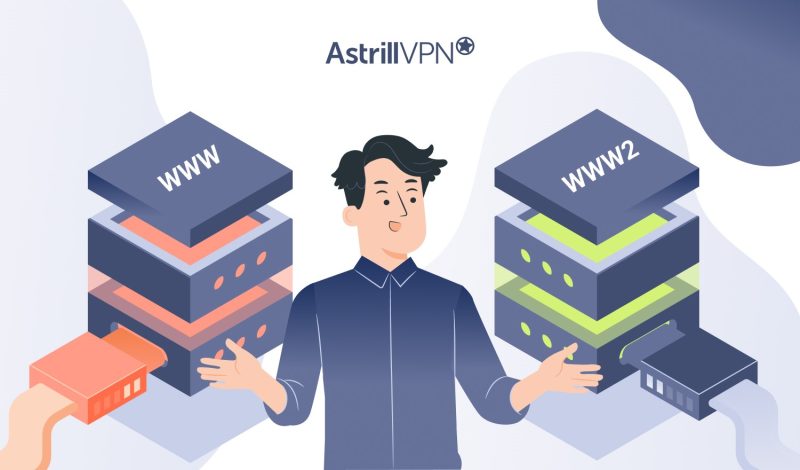
When accessing a website, you would expect to see the web address with the “www” prefix. However, you might have stumbled upon a website, and the “www” prefix found at the start of the URL address also includes a number. So, the web address that you see looks something like www2.example.com. You may already know that “www” means that you’re accessing the World Wide Web, but what exactly does it mean when there’s a number next to it? You might have concerns, but we’re here to tell you it’s nothing to worry about. It just means that the data for that website is being retrieved from a different server than the one commonly used.
Since the traffic is distributed among multiple servers, websites can improve their user experience by reducing the load times and enhancing the site’s reliability during high traffic. In this detailed guide, we will explore what www2 is, how it works, and whether it’s safe and secure. We will also discuss some of the effective ways that you can protect yourself when you’re using WWW2. So, if this piques your curiosity and you’d like to uncover more, let’s get started immediately.
Table of Contents
What Is WWW2 & How Does It Work?
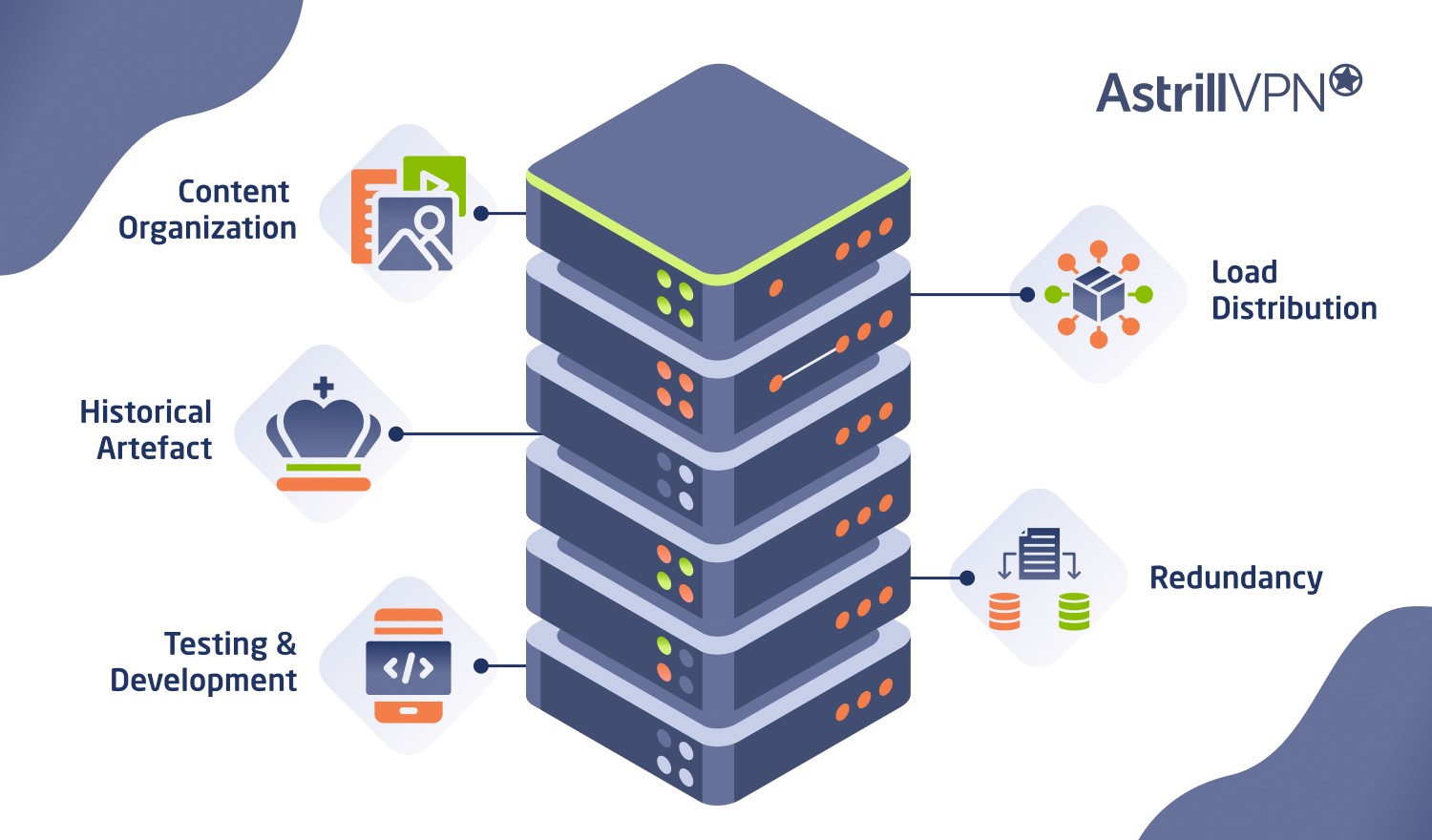
So, what is www2? The term “www2” refers to the subdomain of a website, which is often used to distribute website traffic across multiple servers or to assign a specific server to the website’s infrastructure. If you stumble on a WWW2 webpage, it usually means that the website’s main server has gotten busy, so your traffic has been redirected to a second server.
The “www2” prefix in website URLs doesn’t seem to have a singular, agreed-upon origin story. Still, one thing is for sure: it was introduced because of the need for redundancy to ensure that websites remain accessible and for load distribution. This naming convention, which starts with “www” and then sends with a number, enables administrators to create a series of subdomains that can be easily managed. Several factors have led to the use of www2, and these include:
1) Load Distribution
As the World Wide Web gained popularity, some websites started experiencing heavy traffic loads. To distribute the traffic across multiple servers and enhance performance, website administrators began to use subdomains like “www2” to redirect website users to different servers and clusters.
2) Redundancy
To enhance reliability and ensure that websites are constantly available, website operators began setting up redundant server configurations. “www2” would be used to assign a secondary server or backup infrastructure in case the primary server failed.
3) Content Organization
In large organizations and institutions with complex website structures, using subdomains like “www2” helped manage and organize different departments, services, and types of content. For instance, “www2” might represent a separate section of a website that is dedicated to a specific function or audience.
4) Historical Artefact
Www2 is also a historical artifact from the earliest web development practices. During the early days of the web, administrators were experimenting with different server configurations and load-balancing techniques; that’s when they may have adopted the “www2” convention without a specific reason beyond experimentation.
5) Testing & Development
As websites keep evolving and go through various updates, developers need to stage environments for testing new features and changes. “www2” can host a testing or development version of the website, which is separate from the live production environment.
In a nutshell, using “www2” reflects the evolving changes in website infrastructure and the need for flexibility when managing online resources. While the specific reasons for its adoption can vary, the primary reasons include enhancing performance, user experience, and reliability on the web.
What Are The Differences Between WWW & WWW2?
There aren’t any significant differences between www and www2. They are both subdomains and can be anything you’d want it to be. In most cases, a www2 website is usually a copy of a www website. Both sites exist to distribute the traffic from the www website. “www” will typically represent the primary web server or cluster of servers that host the website’s main content. “www2,” on the other hand, designates a secondary server or group of servers. The secondary server can often be used as a backup.
The “www” prefix distributes incoming web traffic across different servers for load balancing and enhanced performance. “www2” serves a similar purpose but indicates a separate server infrastructure specifically assigned for handling additional traffic or can be used as a failover in case the primary server gets overwhelmed.
When the website is being targeted to a global audience, “www2” is used to direct traffic to servers located in different countries and regions. This helps improve load times and offers a better user experience for website visitors from other parts of the world.
While “www” and “www2” serve as prefixes in website URLs, their specific uses and implications can vary depending on various factors, such as the website’s architecture, historical context, and other requirements.
What Is WWW3 and WWW4?
Suppose you find that the website that you’re on has a URL such as www3.example.com or www4.example.com. In that case, it just means that they are on different servers and essentially hostnames or subdomains primarily used to identify closely related websites with a domain like www2example.com, www3.example.com, etc. These websites are mainly mirrors that are used for server load balancing.
In some specific cases, the hostname can get obscured, which creates the appearance as if the user is viewing the “www” subdomain, even though they’re actually viewing a mirror site. For systems that handle a lot of people, one server will not be enough to handle all of that load. Most websites have millions of visitors per second, so if you have a cluster of servers, each visitor is assigned to a different server to provide the content.
Is WWW2 Safe To Use?
Another pressing question would be whether is www2 safe to use? There are several misconceptions when it comes to the safety of www2. For instance, many assume that www2 websites are less secure and more prone to Phishing and Malware attacks. This misconception typically stems from not many people being aware of WWW2 and its purpose. However, people would discover that these misconceptions are not true at all and that www2 is, in fact, safe to use.
In actuality, the security of a website under www2 is as robust and secure as the www version. The subdomain “www2” does not affect the website’s security protocols. Although www2 is inherently safe to use, it can still be vulnerable to security risks, and its safety depends on various factors, including:
- Attackers can make slight changes to the remaining part of the domain to direct you away from the website you intend to visit. They would try to redirect you to a malicious website, and domain spoofing is generally quite common and used as part of a phishing attack that’s carried out through email and other messaging services.
- The safety of www2 sites also depends on the security practices the administrators implement. Implementing effective security measures like firewalls, regular software updates, and other secure authentication methods can help create a more safe and secure browsing experience.
- DNS spoofing is another online threat where attackers mix up lists of public IP addresses. The domain names, therefore, aren’t correctly linked with the correct IP addresses. Attackers can easily send people who’ve entered a valid website URL to a fake domain.
- Malicious actors can create fraudulent websites using subdomains like “www2,” which tricks users into divulging sensitive information or downloading malware. Users must remain cautious and verify websites’ legitimacy before entering their personal or financial information.
- Although using www2 is inherently safe, exercising caution and implementing the best security practices when interacting with a different website is essential.
How To Protect Yourself When Using WWW2?
Although www2 websites are safe, you should implement some security measures to ensure you don’t fall victim to a phishing scam and can protect yourself and your personal information. These measures include:
1) Verify The Website’s Authenticity
Before you enter any sensitive or personal data on a website, make sure that the website is legitimate. Check the URL for HTTPS encryption, and verify the website’s domain name to ensure it matches the entity it claims to represent.
2) Use Strong Passwords & Enable Two Factor Authentication
It would help to have strong and unique passwords for all the www2 websites you use. You should also avoid using the same password across multiple websites. Ensure your passwords have uppercase, lowercase letters, special characters, and numbers. You should also enable Two Factor Authentication on all your online accounts, as it helps add an extra layer of security. This typically involves a one-time password (OTP) sent to your mobile device or email.
3) Beware Of Phishing Scams
Be cautious when you see unsolicited emails, messages, or links asking for your personal and confidential information or if they urge you to download files or click links. It would help if you verified the sender’s identity and carefully scrutinized the URLs before you click on them, especially if they appear suspicious or sketchy.
4) Use AstrillVPN
AstrillVPN encrypts your internet traffic and masks your IP address, keeping your data safe and secure from your ISP (Internet Service Provider), malicious actors, and other third parties. Use AstrillVPN, especially when you’re using websites with the “www2” subdomain and mainly when they’re using a public network to access a website. Public networks are the most vulnerable to cyber attacks, so a VPN helps take your privacy and security to the next level.
AstrillVPN is your go-to VPN provider for many reasons: to allow you to surf the web safely and securely without compromising your privacy. It offers a range of fantastic security features, from a Kill Switch, Smart Mode, and a strict No Logs Policy, which means that the VPN provider will not store or track any of your online activities and browsing history when using the VPN. It also offers robust encryption protocols from Wireguard to OpenVPN and OpenWeb, so you can rest assured that all your privacy and security needs are covered. Here’s how you can begin using AstrillVPN:
- Download and install AstrillVPN on your device. You can do this directly from the website.
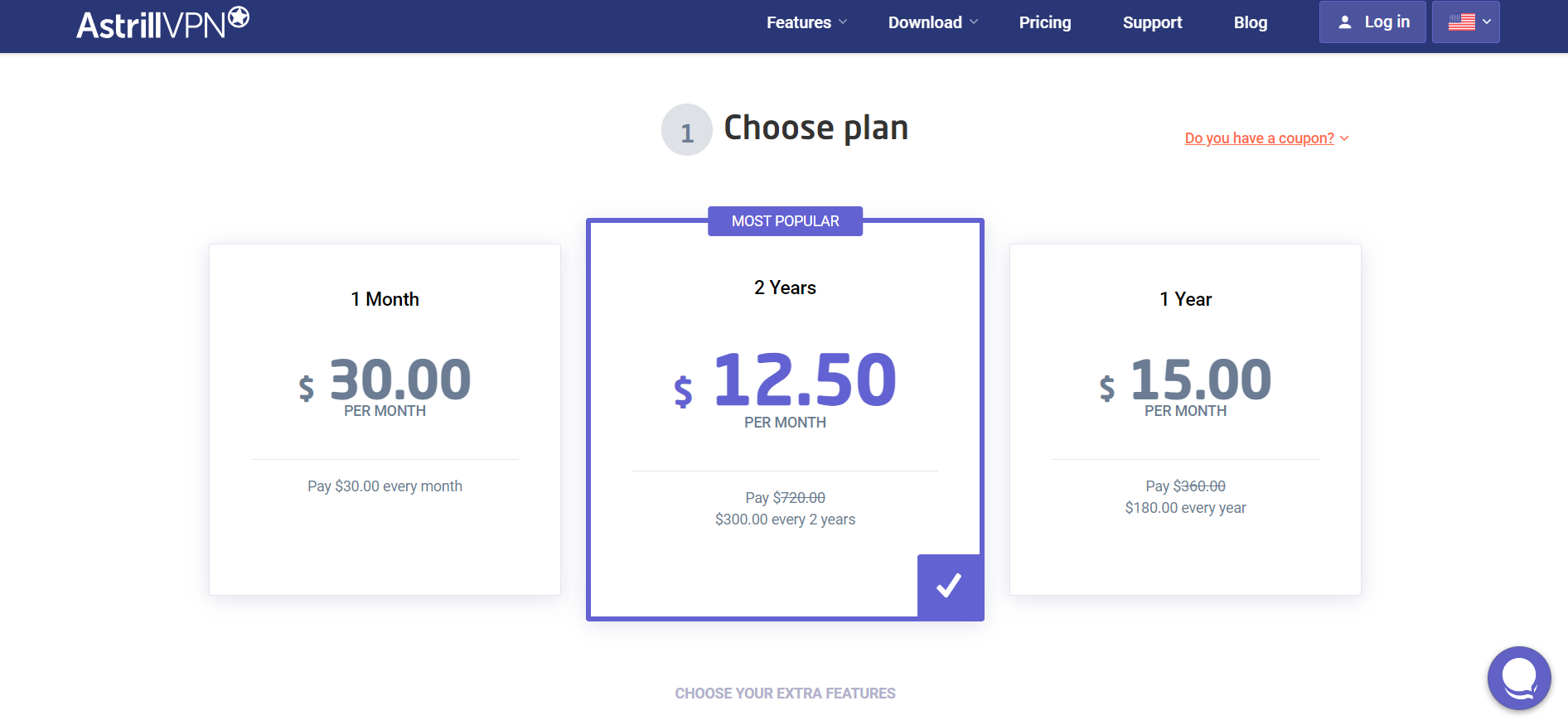
- You can download the app to your device by choosing the link to your operating system.
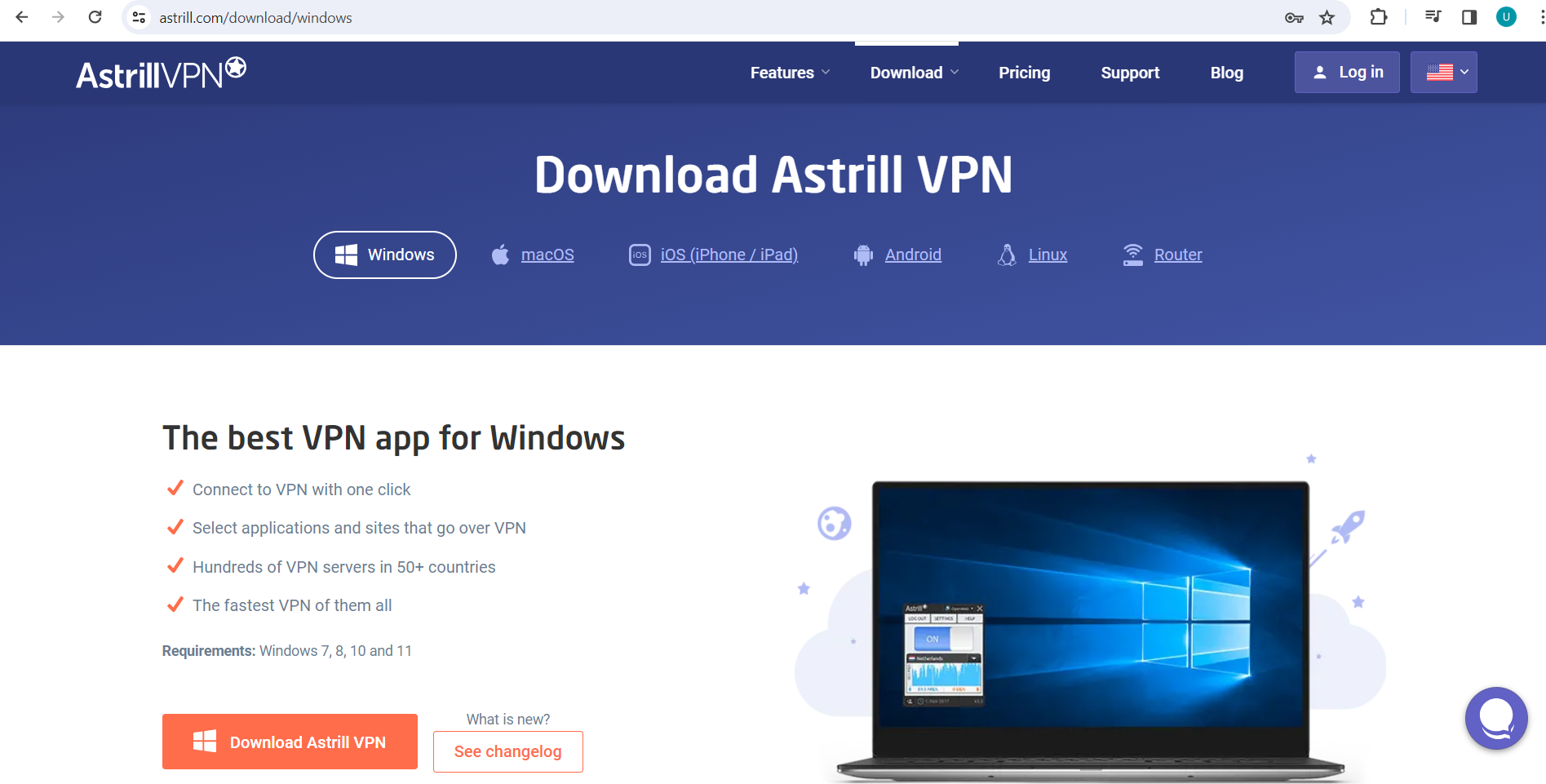
- Register for your AstrillVPN account and then sign up.
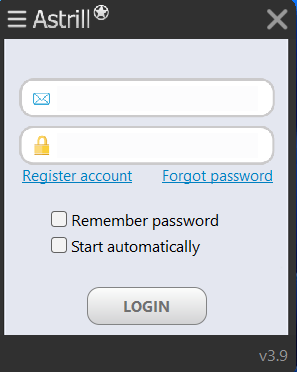
- Once you’ve received your login credentials, choose a server location. You’ll then be assigned an IP address from that location.
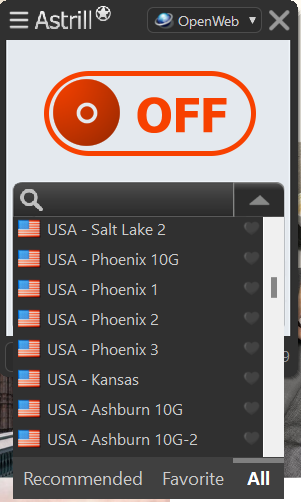
- You can also choose the VPN protocol that matches your needs and preferences.
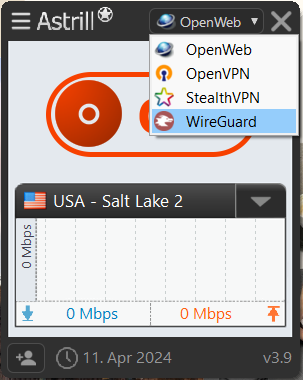
- Turn on the VPN connection and use the internet freely and securely without compromising your security.
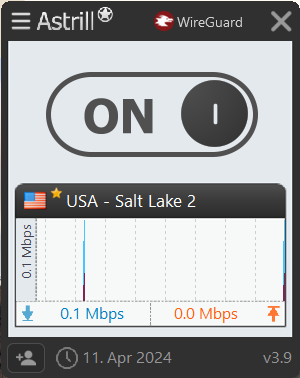
Wrapping Up
And there you have it! You now have clarity regarding what “www2” is and how it differs from “www.” You can now be assured that “www2” is entirely safe and is a normal part of what helps the internet function. However, despite knowing that, it’s still a good idea to implement the best security practices when you’re accessing different websites so that your confidential and sensitive data remains safe and secure and malicious actors aren’t able to intercept it easily.
Frequently Asked Questions (FAQs)
Whether a website uses “www” or “www2” doesn’t make a difference since they’re both subdomains.
Yes, browsing is safe on www2. You will not experience any issues when you’re browsing on it.
Www2 websites are as safe as www sites, as long as they follow standard web security practices.
Although www2 is entirely safe, it can still face security risks if it’s not managed correctly and the best security practices aren’t implemented.

No comments were posted yet